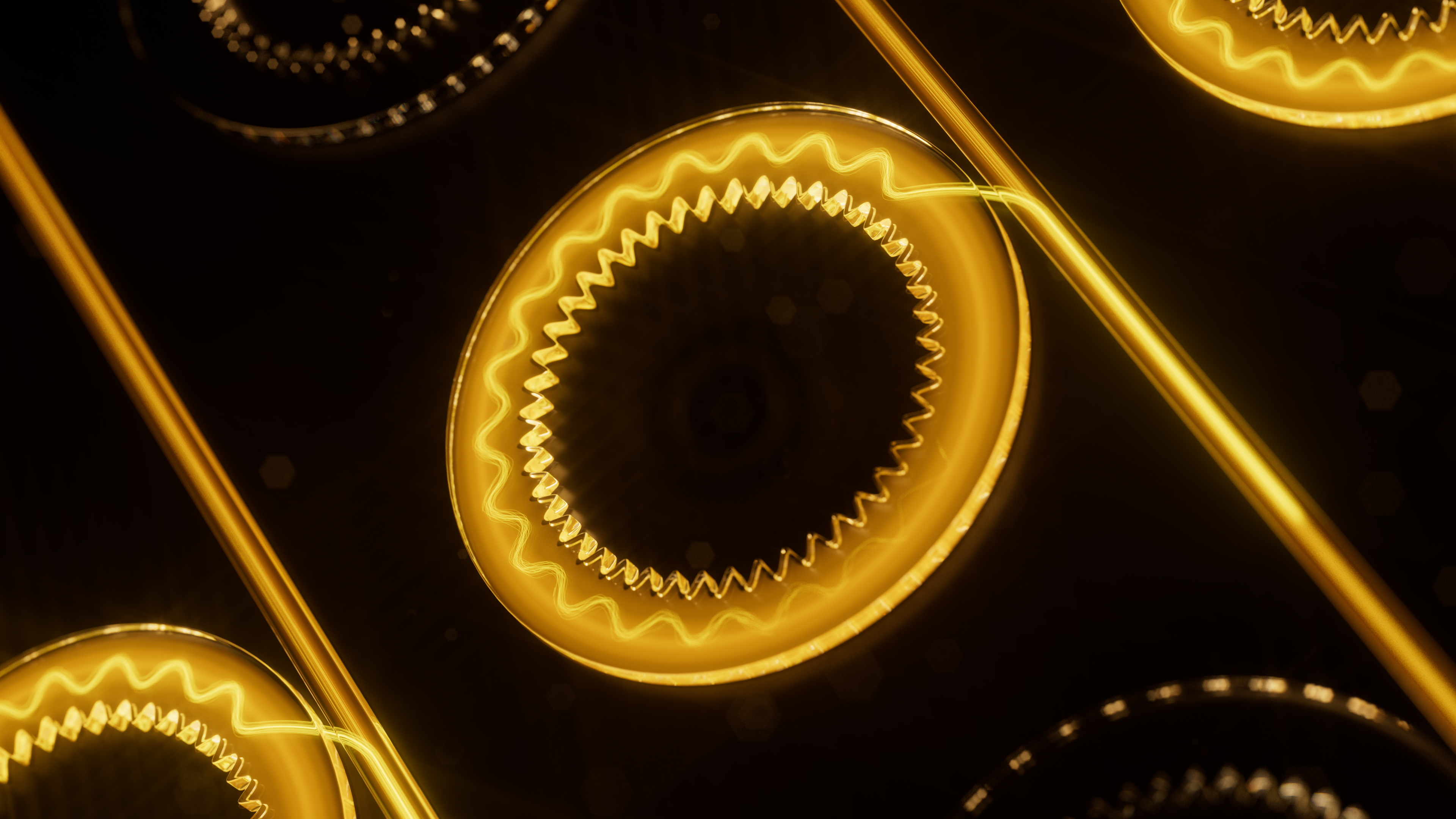Self-injection-locked microcombs via synthetic reflection
Self-injection locking to a photonic crystal ring-microresonator with synthetic reflection is demonstrated for the first time. The chip-integrated system does not rely on random imperfection-based backscattering and permits deterministic generation of single-soliton microcombs.

Rendering of an on-chip photonic crystal ring microresonator.
Femtosecond dissipative Kerr solitons (DKS) in laser-driven microresonators enable access to compact low-noise metrology grade sources of ultrashort pulses and frequency combs (microcombs). They have a multitude of applications in sensing, communication, and signal processing. However, a major roadblock to their out-of-lab application is the stabilization and control of the driving laser. Currently, this is achieved in well-controlled laboratory conditions using expensive scientific laser sources and/or complicated operating procedures. An elegant solution to this problem is self-injection locking (SIL), where resonant back-scattering from the resonator can lock the driving laser to the resonator. However, this back-scattering is usually based on random reflecting surface or volume nonidealities.
In our recent research, we used photonic crystal ring microresonators (PhCRs) for the first time to achieve predictable SIL and DKS microcombs, independent of random imperfections, and in a simple experimental setup. The PhCRs are designed to provide a deliberate and programmable synthetic reflection for a predefined resonance, enabling robust SIL and exclusive single-soliton operation. These results show how to make microcombs that are easy to use outside of a lab. Also, the idea of synthetic reflection-based SIL can be readily used for other integrated photonic systems.
Reference:
Synthetic-reflection self-injection-locked microcombs; Alexander Ulanov, Thibault Wildi, Nikolay Pavlov, John Jost, Maxim Karpov, Tobias Herr; Nature Photonics 18, 294-299 (2024)